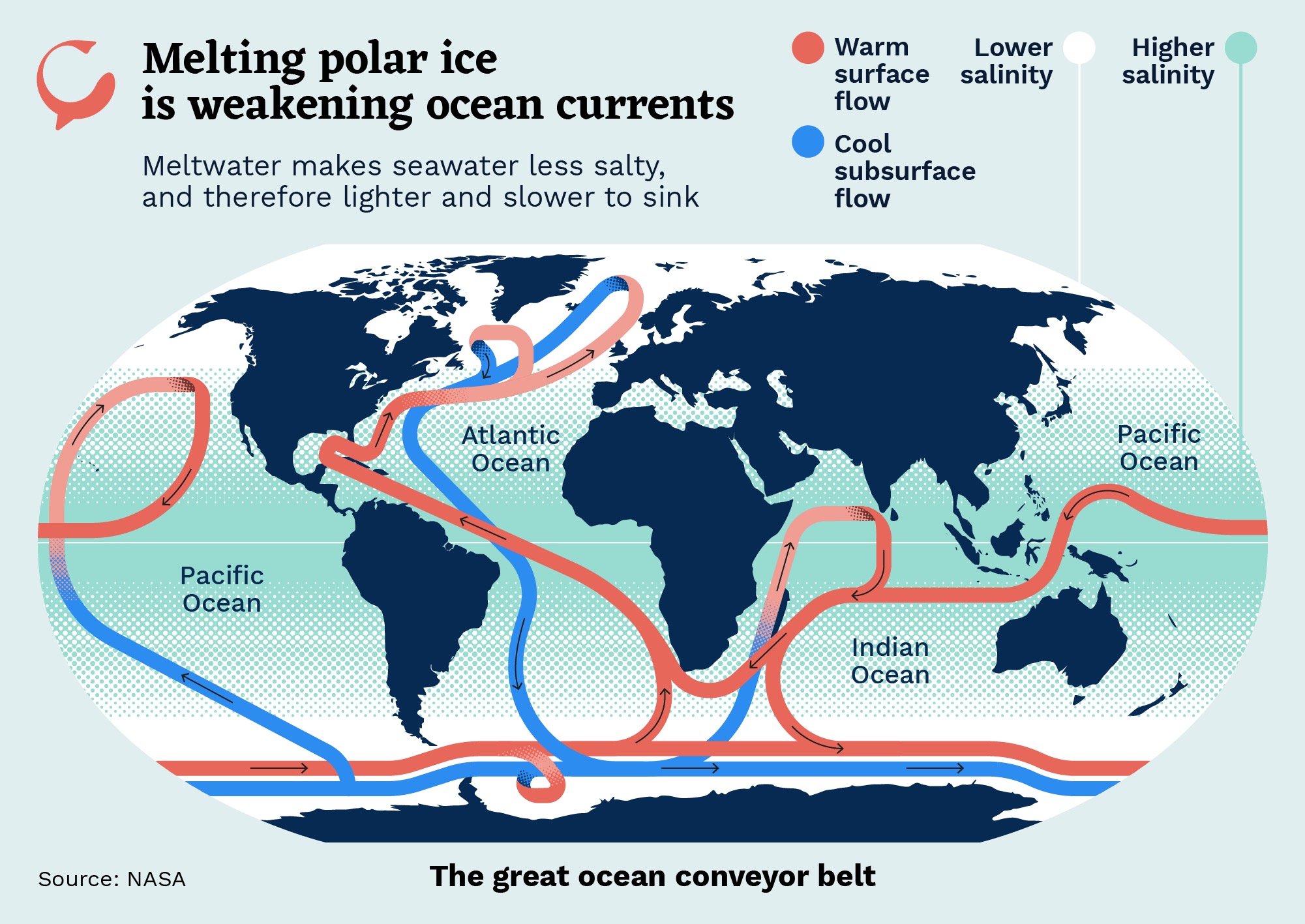The majestic continent of Antarctica holds a delicate balance that plays a vital role in the stability of our planet’s climate and ecosystems. Imagining a scenario where Antarctica’s ice sheets would completely melt is horrifying on its own, but the consequences of such a disaster are even worse. Such a transformation would send devastating ripples across continents and impact every facet of life as we know it.
If Antarctica were to melt, the global sea levels would surge, submerging coastlines and displacing millions of people. This massive influx of freshwater could disrupt ocean currents, triggering shifts in weather patterns that probably lead to extreme climatic events. It’s a neverending domino effect resulting in a literal end of our civilization. While the complete melting of Antarctica remains a very unlikely possibility, we can still theorize about what might happen to our planet after.
1. Screwing With Gravity
Melting Antarctic ice could have unpredictable consequences that may disrupt our planet’s delicate balance, but explaining certain effects requires a degree in physics and/or math. One such outcome is the change in the gravitational pull of land masses on the newly melted ice, which can cause differences in sea levels worldwide and make relocating populations to escape rising tides much more difficult.
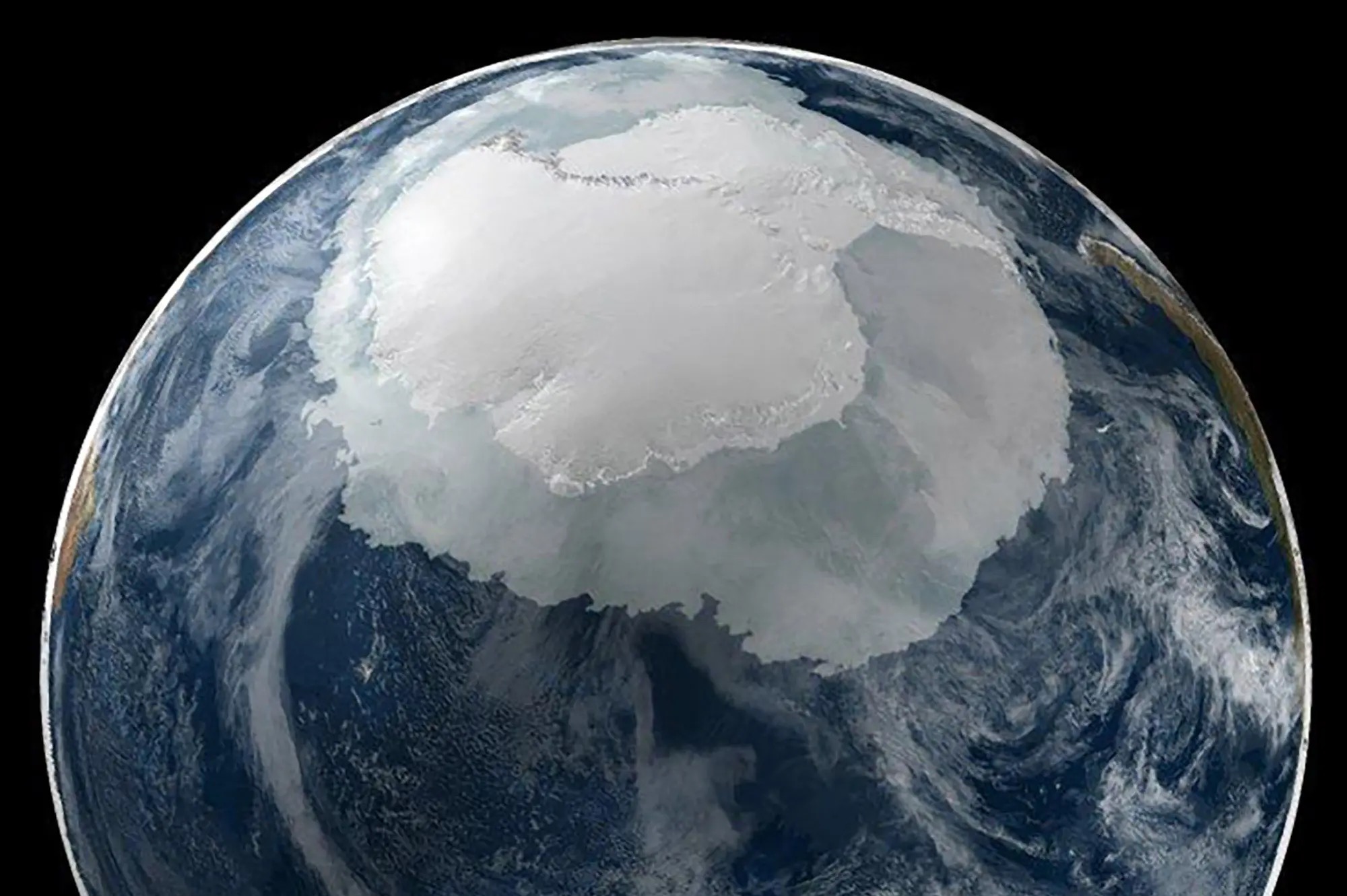
2. Shifting Earth’s Axis
The Earth’s axis normally wobbles a bit due to various reasons. In the last 100+ years, it has shifted by about 34 feet because of natural and human-related factors. Ice melting caused more than half of this shift. Other things, like the Earth’s inner layer moving, also affect it, but melting Antarctic ice is the quickest and maybe most destructive way. Experts say this could turn into a feedback loop where the axis shift exposes the poles to warm currents, speeding up ice melt. Once the melting starts, it’s nigh impossible to stop or reverse it. This affects world climate and sea levels a lot. We’re already seeing some effects, and scientists worry it will worsen if melting speeds up.
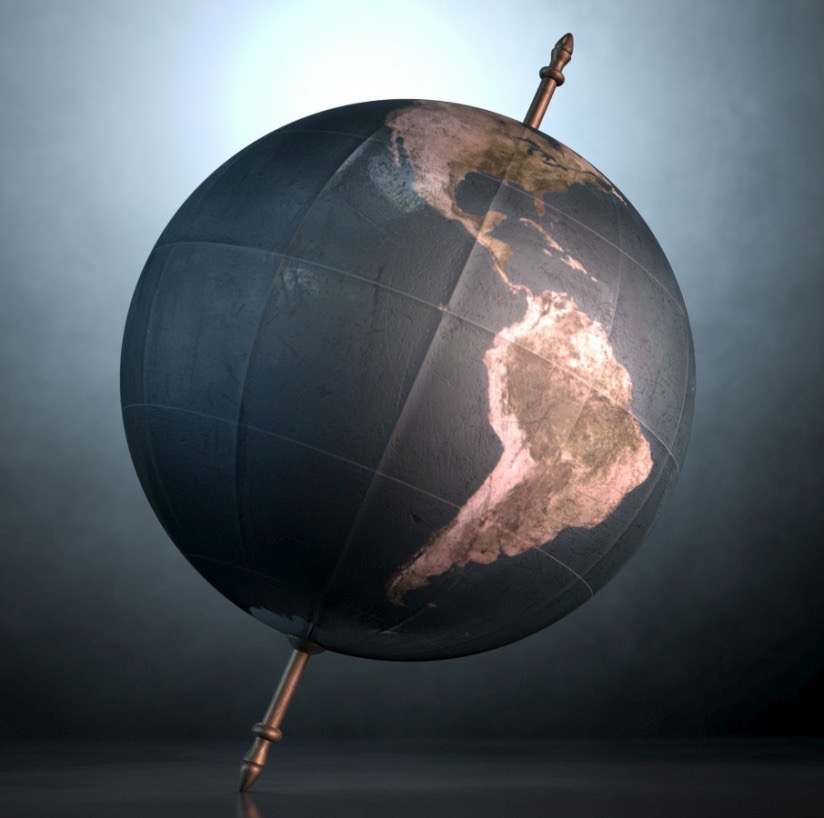
3. Coastal Areas Would Be Wiped
It’s no secret that Antarctica has loads of ice, and if it melts, Earth’s in big trouble. Some regions and cities like London, New York, Buenos Aires, Cairo, Venice, Bangladesh, etc., would simply cease to exist above water. Millions would have to leave their homes, facing health and money problems. If all ice melted, 80% of Aussies and 600 million Chinese would be underwater. Denmark, Florida, Netherlands, Mississippi Delta, Paraguay, and more would also be flushed away. Cities like San Francisco and Phnom Penh would turn into islands. Africa would get hotter, making it tough to live there. In short – it would be a global disaster.
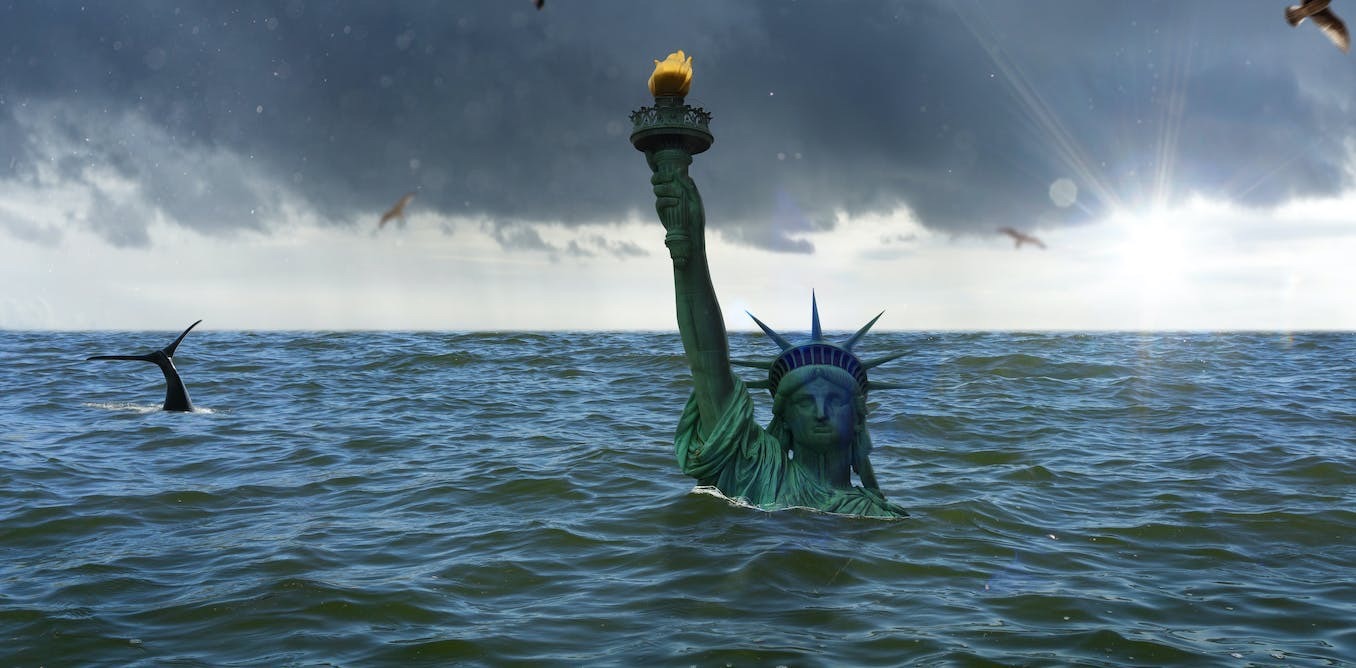
4. Countless Animal Species Would Go Extinct
Antarctica is not as desolate as you may think. It’s full of different animals like penguins, seals, and whales. Yet, climate change is a big problem. If ice keeps vanishing, it’s bad news for all Antarctic species. Seals and whales that rely on ice would suffer, too. Even small critters like krill and phytoplankton would be affected, which would cause a chain reaction in the ecosystem. And that’s only counting the Antarctic species. The global consequences would be truly disastrous.
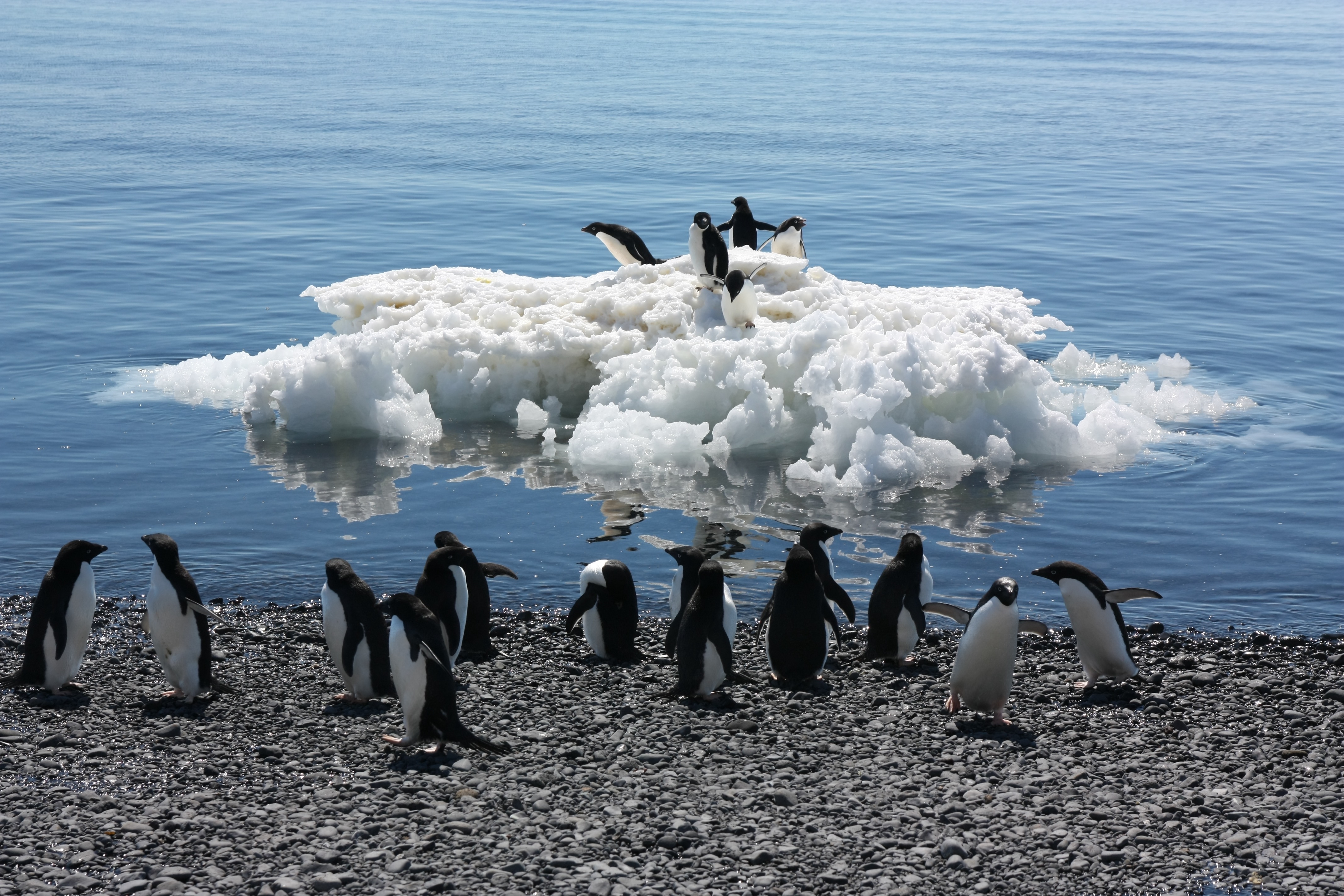
5. Defrosting Ancient Viruses
When ice melts, it doesn’t just turn into water; it also reveals ancient organisms frozen for millions of years. In 2011, Chilean scientists found microbes living in Antarctic ice. These critters survive extreme temps, saltiness, acidity, and even exposure to radiation. Experts are still debating their purpose, but the discoveries spark some very fascinating arguments. We’re uncertain about whether these little dudes would frick us up or not, but it’s better to be safe than sorry.
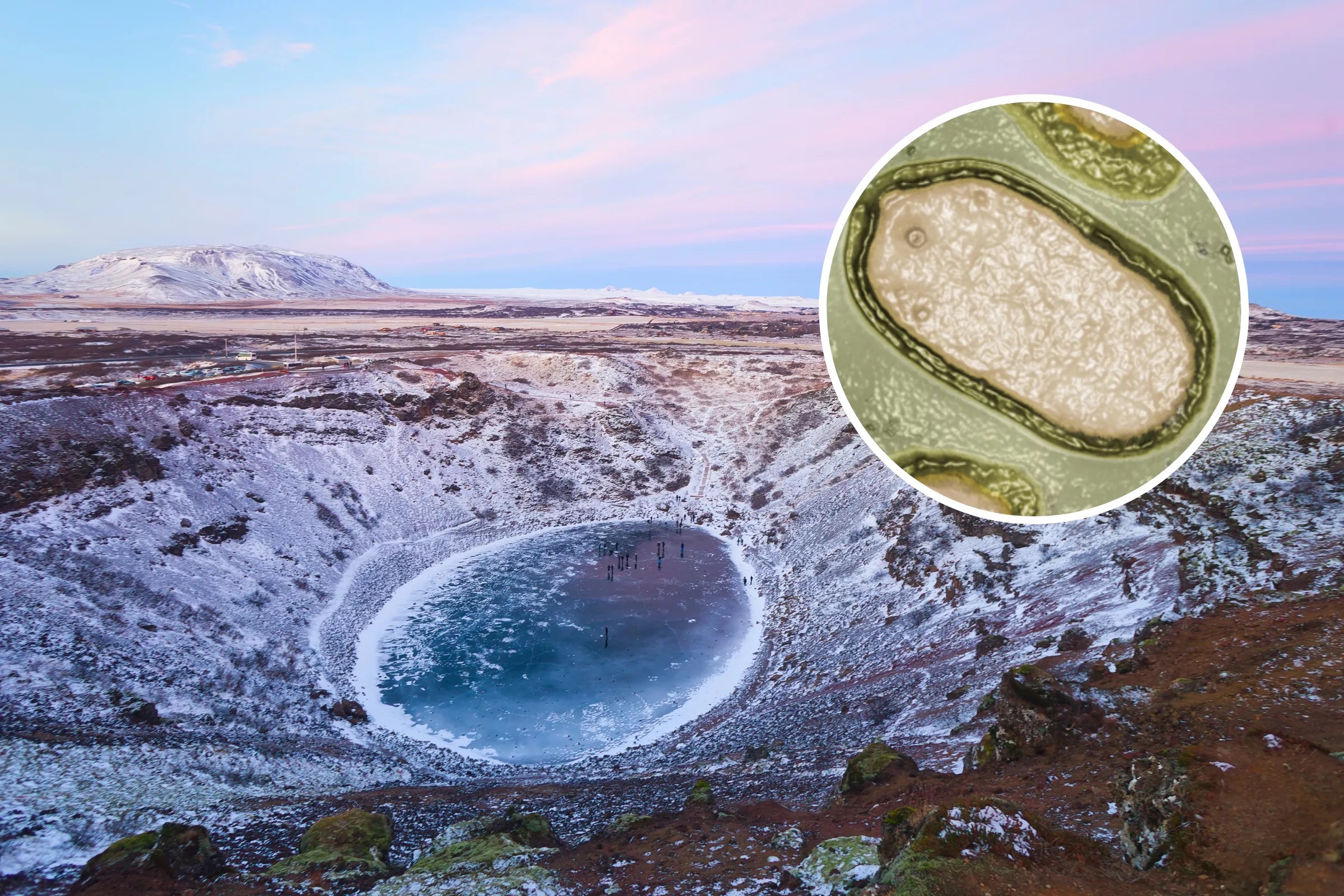
6. Emergence of “Greenarctica”
Antarctica isn’t just a flat, desolate ice desert. Our modern tech revealed stuff hidden under miles of the world’s oldest ice — 400+ lakes, rivers, and canyons bigger than the Grand Canyon. If all that ice melts, these landscapes will surely pop up with unseen-before ecosystems. If you take a good look at the most recent findings, you’ll see that Antarctica’s already turning greener in certain parts. Some places like Green Island even sport lively moss. It’s not much just yet, but the moss hints it’s getting greener.
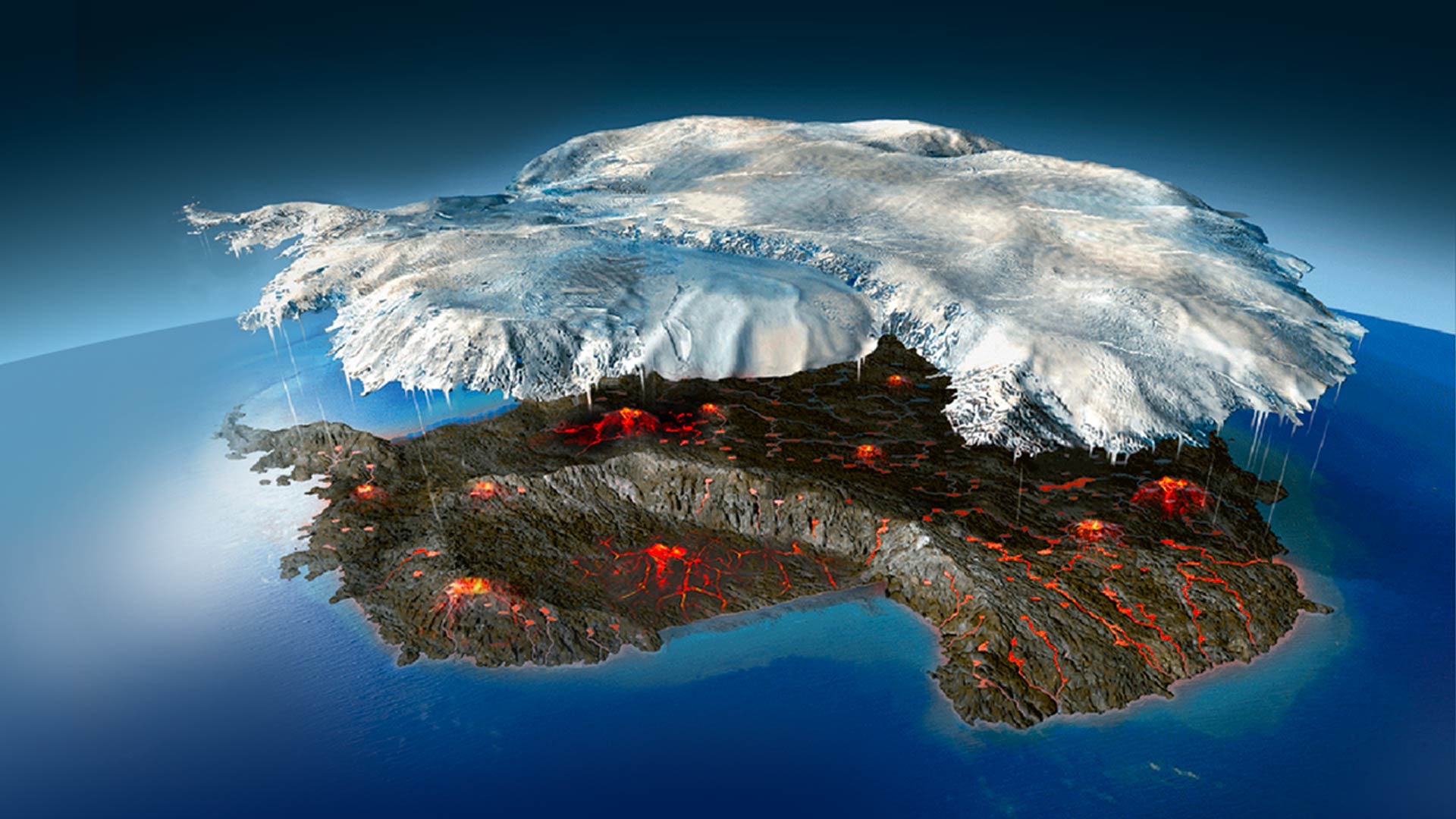
7. Disturbing the Existing Ocean Currents
The global ocean current system, known as the thermohaline circulation, is a complex phenomenon that is influenced by various factors, including temperature and salinity. We know that surface currents can be changed by wind, but the deeper currents are propelled by the freezing and melting of ice at the poles. As ice forms, the water becomes saltier and denser, causing it to descend to the ocean floor and creating a conveyor belt-like effect that influences the flow of ocean currents. This, in turn, impacts the movements and lives of countless marine species, including fish and sharks. Particularly, Antarctica plays a critical role in regulating the southern oceans. Its massive ice sheets help to maintain the delicate balance of the thermohaline circulation, ensuring that ocean currents remain stable and predictable. Unfortunately, the rapid melting of Antarctic ice is disrupting this balance, causing significant harm to the species that have adapted to this unique environment. Ultimately, the melting of Antarctic ice could profoundly impact the lives and well-being of countless marine species, altering the delicate balance of our oceans in ways that are difficult to predict or control.
